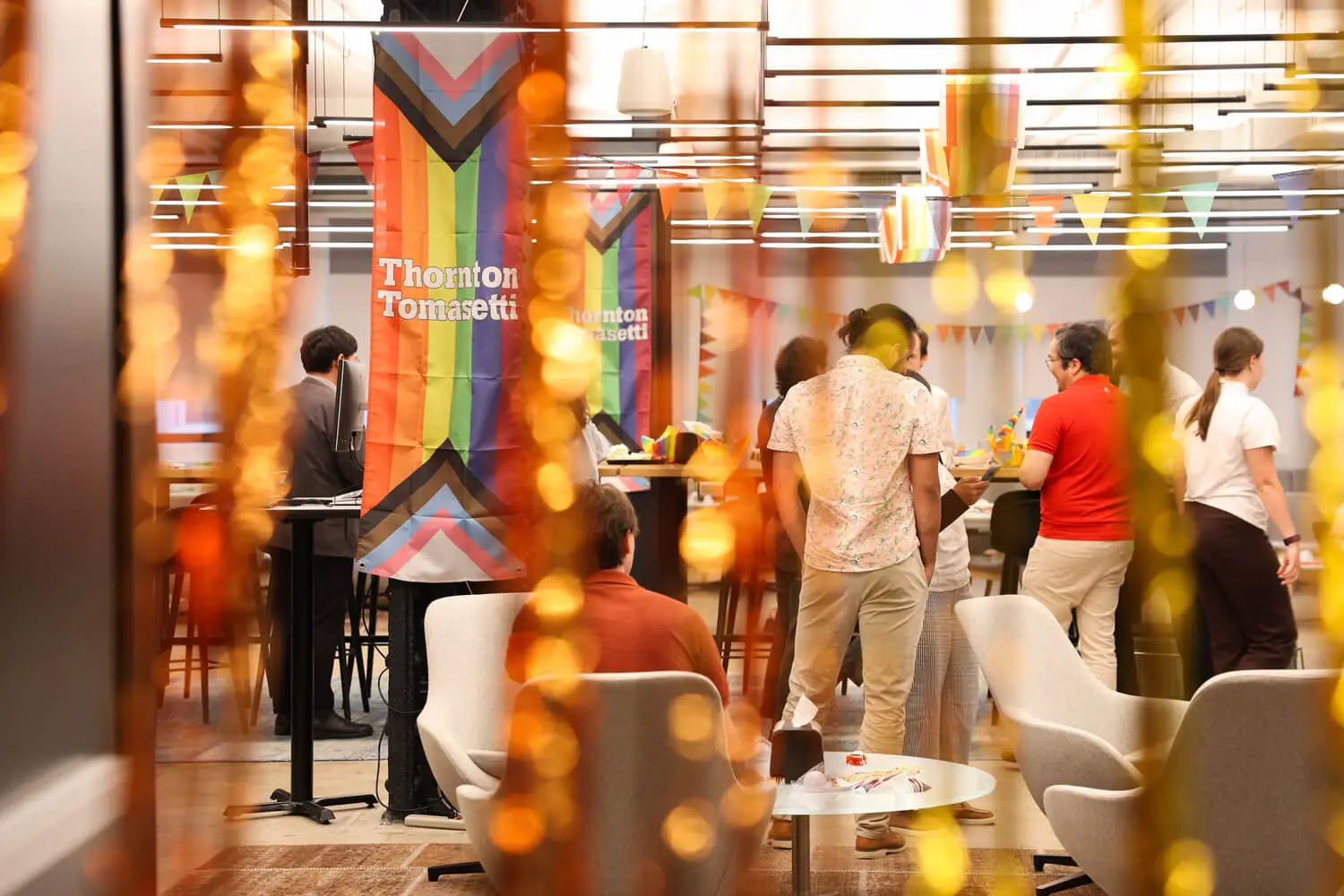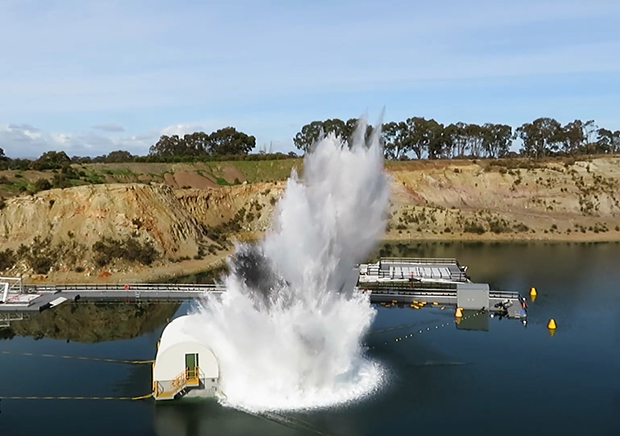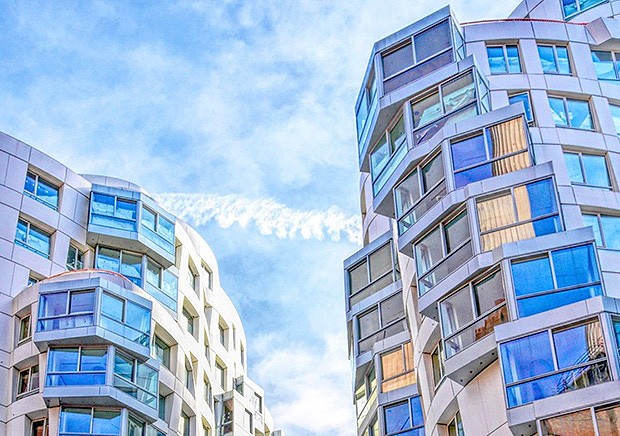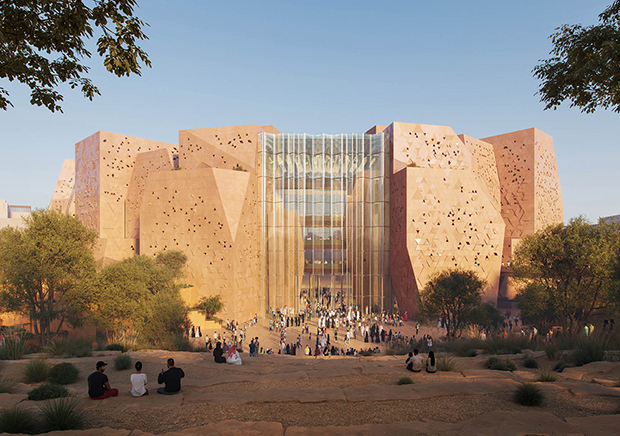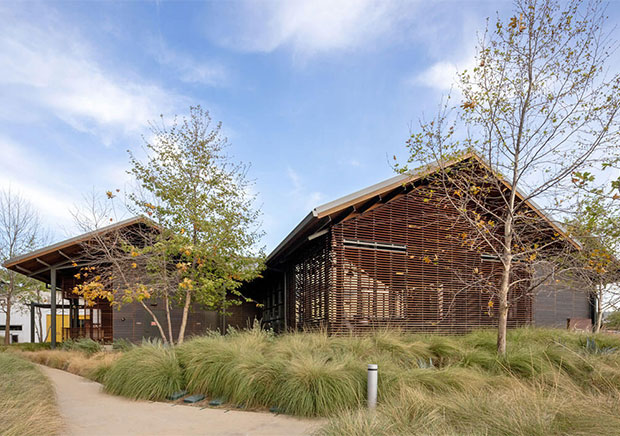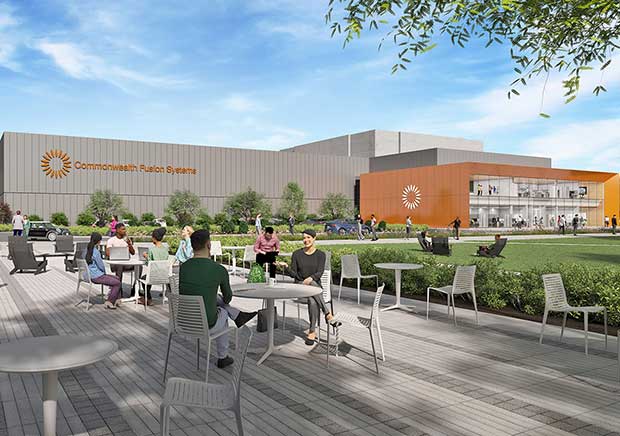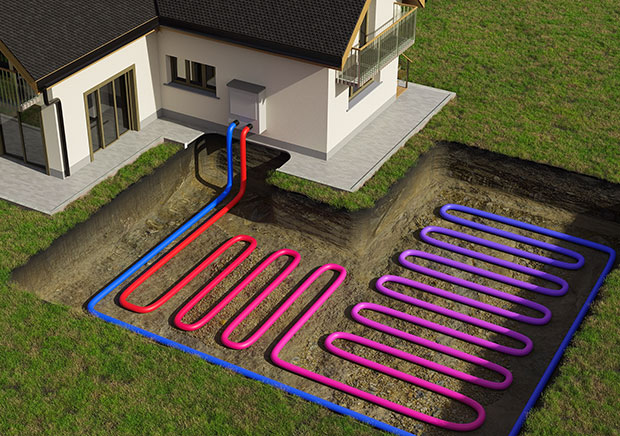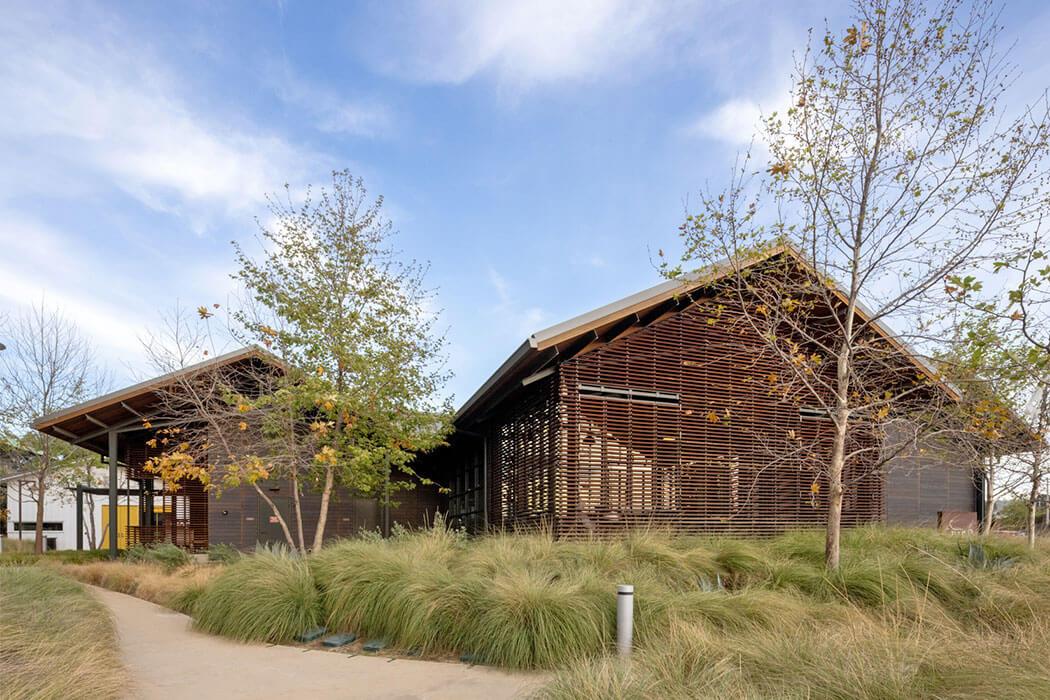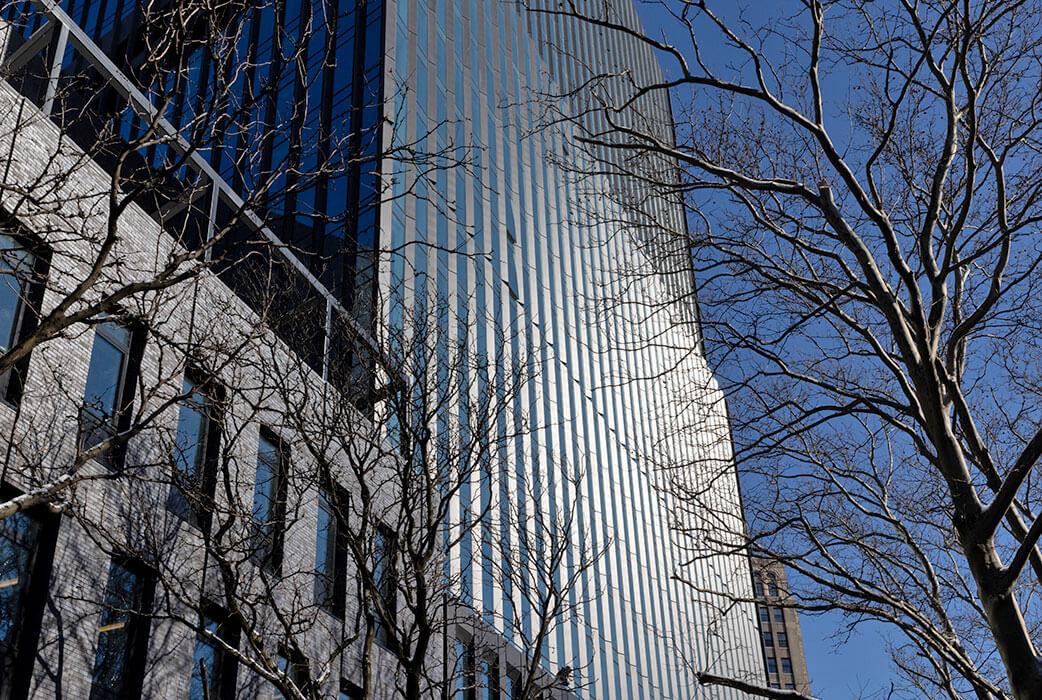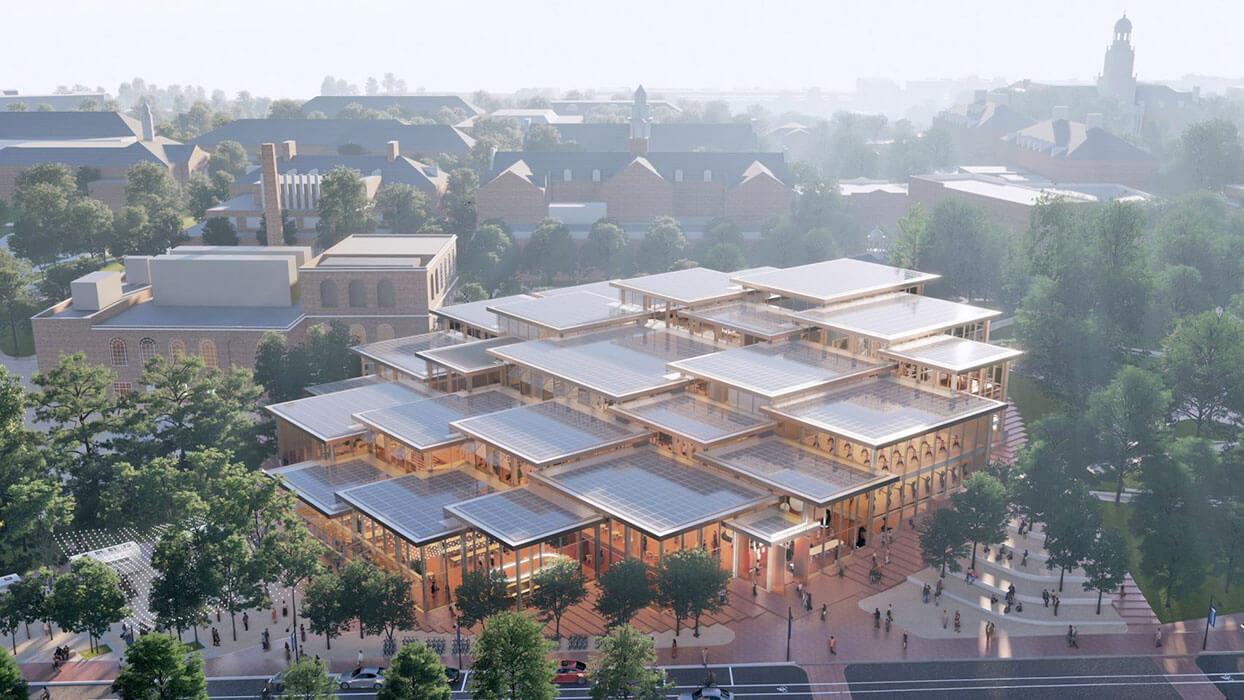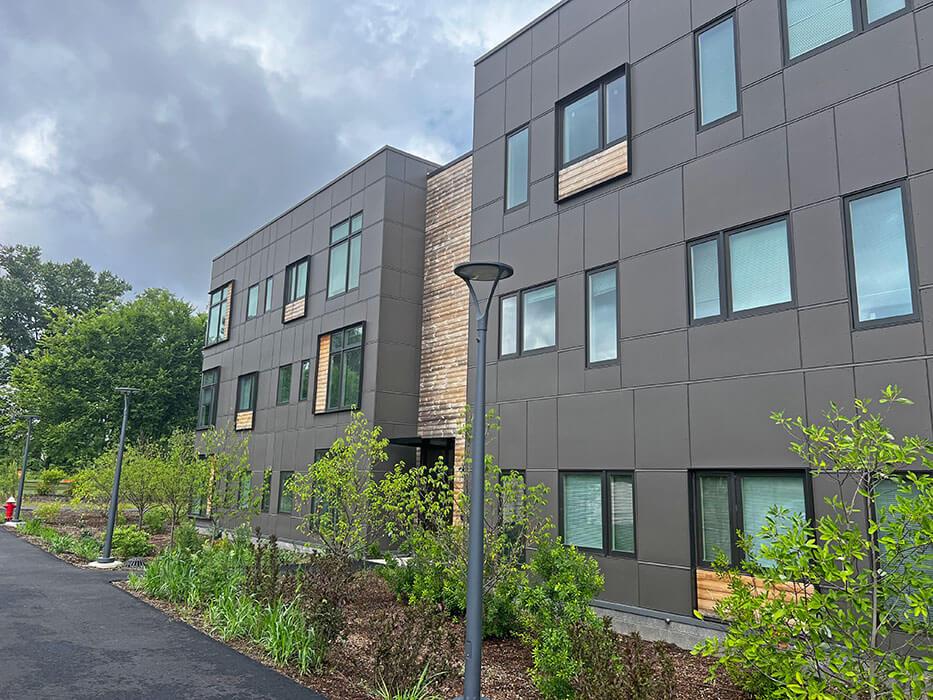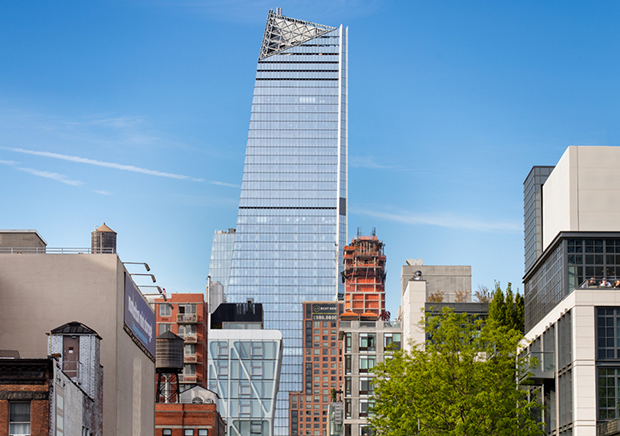
LEED v5 Certification Explained: Whole Life Carbon, Circularity & Climate Resilience
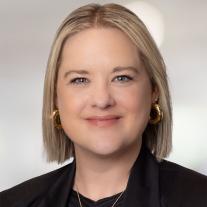
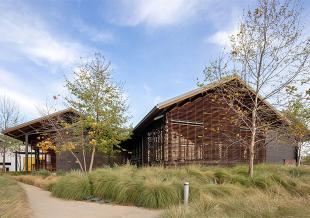
The release of LEED v5 marks a pivotal moment for green building. As the first major update to the U.S. Green Building Council’s certification system since 2013, it reflects how far the industry has come and how quickly the challenges it addresses have escalated.
Where LEED once focused on energy and water efficiency, LEED v5 advances the conversation to emphasize whole life carbon, material circularity, user well-being and climate resilience. These are not incremental tweaks, but fundamental shifts that mirror broader market pressures and the urgent need for systemic change.
LEED v5: A Turning Point for Sustainable Building Standards
For years, LEED has been the most widely recognized sustainability benchmark for buildings across North America. LEED v5 is more than a technical update. It’s a recognition that green building must now account for the full spectrum of environmental and social impact. The focus expands to:
- Carbon at every stage – embodied, operational and end-of-life.
- Resilience and equity – designing for climate risk and community needs (e.g. New York flooding, California wildfires).
- Human experience – healthier, more comfortable and more inclusive spaces.
Whole Life Carbon Analysis: From Operational to Embodied Impacts
One of the most important shifts in LEED v5 is its focus on whole life carbon. For decades, building performance was measured largely through energy used in operations. But embodied carbon – the emissions locked into materials and construction – can represent up to half of a project’s total climate impact.
By requiring teams to evaluate both embodied and operational carbon, LEED v5 signals that life cycle analysis is now a baseline requirement. For owners, this means decisions about structure, façade and materials carry as much weight as energy systems. For design teams, it requires new modeling capabilities and integrated workflows.
Material Circularity in Building Design
Another key theme of LEED v5 is circularity. Rather than treating buildings as one-time carbon investments, circularity considers how materials and systems can be reused, recovered or re-integrated into the production cycle at the end of their first life. The shift toward a circular economy in construction responds to both environmental and economic pressures. Global material demand is projected to double by 2060. At the same time, regulatory frameworks and corporate ESG targets are pushing for greater waste reduction and transparency in supply chains.
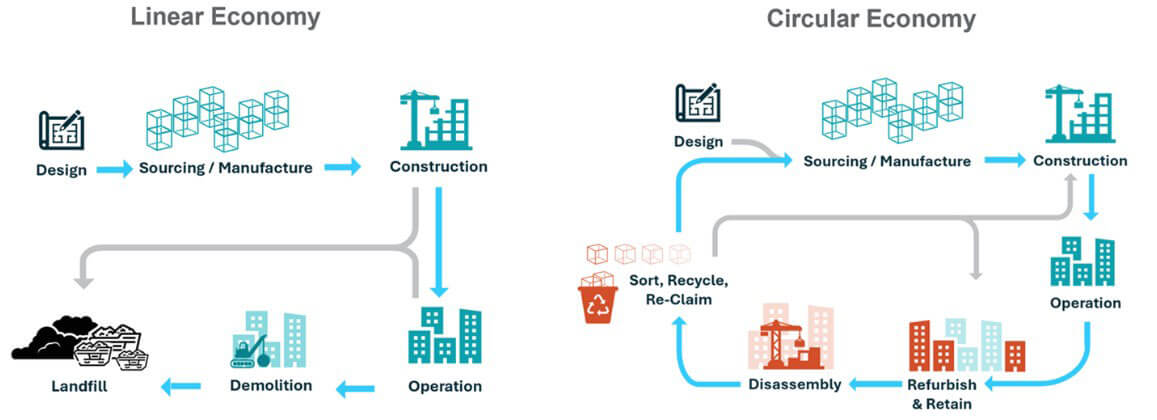
Healthy Materials and User Comfort in LEED v5
Sustainability isn’t just about energy and carbon. It’s also about the people inside the building. LEED v5 places a renewed emphasis on healthy materials, indoor environmental quality and user comfort.
From reducing exposure to harmful substances to improving daylight, acoustics and thermal comfort, these measures directly shape human well-being. As hybrid work patterns and public health awareness continue to shift, the demand for human-centered buildings has only grown.
Climate Resilience as Core to Green Building Certification
Perhaps the most overdue – and most critical – addition in LEED v5 is the emphasis on climate resilience. Buildings are increasingly tested by extreme weather, rising seas, wildfires and evolving security risks. Performance can no longer be measured in efficiency alone; it must also account for the ability to adapt and endure. By embedding resilience, the LEED framework acknowledges that risk management is fundamental to long-term value.
The Future of Green Building: Insights for Owners and Designers
The LEED v4 registration sunset date is March 31, 2026, triggering a full transition and meaningful opportunity to align with the newest innovations in green building design that LEED v5 offers.
- After this date, LEED v5 becomes the active standard for new registrations.
- Teams that register under LEED v4 or v4.1 before March 31, 2026 will retain a six-year window—through March 31, 2032—to complete their certification.
- During this time, projects can start under v4 and transition to LEED v5 when ready.
LEED v5 reflects a market shift toward lifecycle accountability, material circularity, resilient communities and human-centered spaces. Buildings must now deliver carbon reduction, resilience and well-being as standard practice. LEED v5 is an important tool in that transition, but the larger opportunity is to design projects that meet the demands of a rapidly changing climate.
Thornton Tomasetti’s sustainability experts bring an in-depth understanding of circularity consulting, user experience through healthy materials and comfort, whole life carbon analysis, and integrated climate resilience. These capabilities are central to our firmwide Climate Action initiative, which spans both mitigation and adaptation.
We guide clients through LEED v5 when certification is the right path, but we also work as partners to co-create tailored sustainability and resilience frameworks that apply these principles more broadly. Our role is not just to navigate standards, but to furnish expertise and insights that help projects achieve lasting impact. In every case, the goal is the same: designing for tomorrow’s realities.


